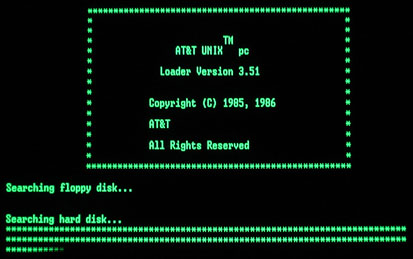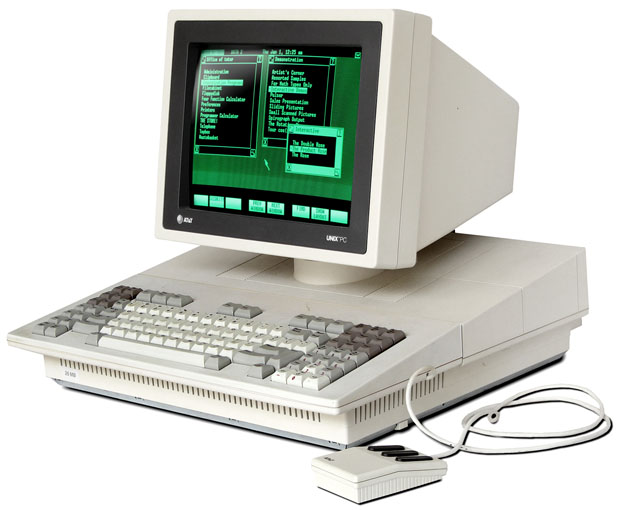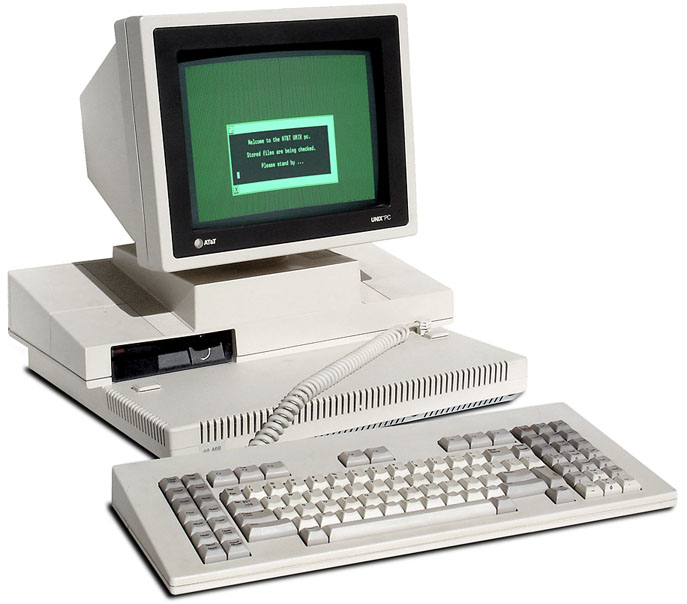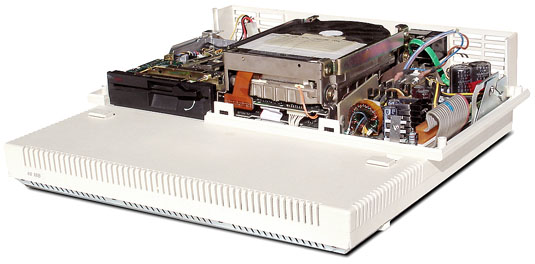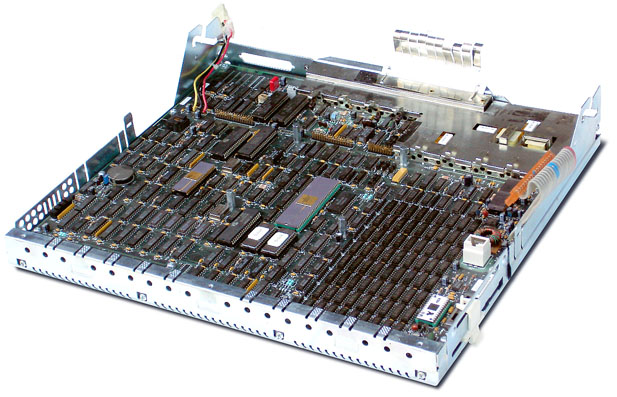|
|---|
| AT&T UNIX PC |
| Released: | 1985 |
| Model: | PC7300, later 3B1 |
| Price: | US$5,590 |
| CPU: | Motorola MC68010 @ 10MHz |
| RAM: | 512K base |
| Display: | 12-inch 80x29 text |
| | 720x348 graphics |
| Ports: | Serial, parallel, 2 telephone |
| Expansion: | Three expansion slots |
| Storage: | Internal 10MB or 20MB Winchester drive |
| OS: | UNIX System V |
| |
|
